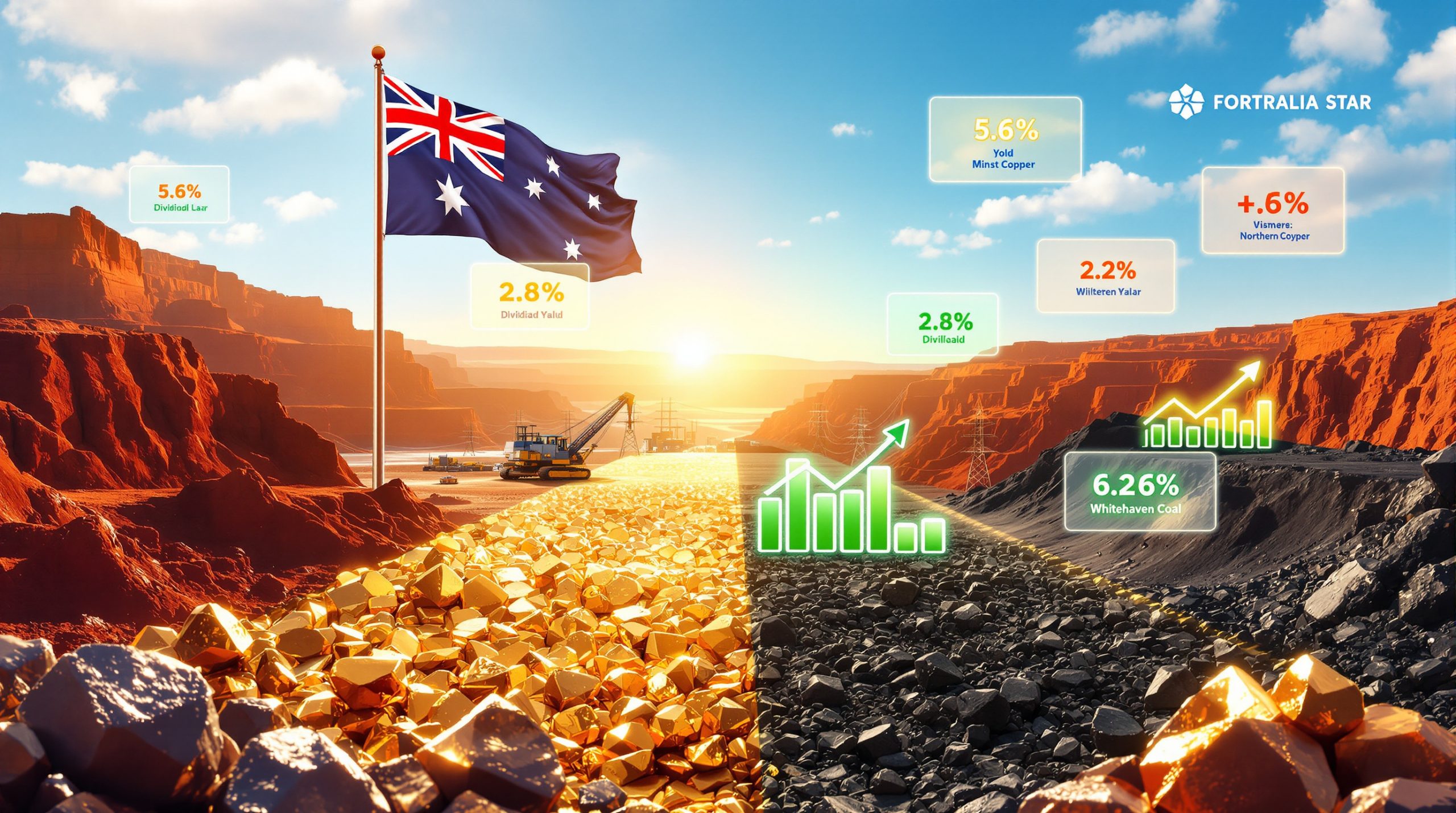Understanding Copper Premium Structures in Global Markets
Copper premiums function as additional charges levied above the London Metal Exchange (LME) base price when purchasing physical copper for delivery. These supplementary costs account for various factors including processing expenses, transportation logistics, regional supply-demand imbalances, and market risk considerations. The premium structure serves as a critical mechanism for addressing the complexities of physical metal distribution across global markets.
State-owned Chilean copper giant Codelco holds tremendous influence over worldwide pricing mechanisms due to its position as the planet's largest copper producer. When Codelco announces its premium levels, these figures become industry benchmarks that ripple through contract negotiations across multiple continents and market segments. The company's pricing decisions effectively set the tone for how other producers and traders structure their own physical delivery arrangements.
The premium system represents a sophisticated pricing mechanism where buyers pay both the underlying LME contract price plus these additional regional charges for actual copper delivery. This two-tier structure allows markets to reflect both global price discovery through futures trading and local supply-demand conditions that affect physical metal availability.
Breaking Down the 2026 Premium Surge: A 39% Year-Over-Year Jump
Codelco's announcement of its $345 per tonne European copper premium for 2026 represents an unprecedented figure that has shocked industry participants worldwide. This dramatic pricing decision reflects a 39% increase from 2025 levels, marking the highest premium ever recorded by the Chilean mining giant. The magnitude of this increase signals extraordinary market conditions that extend far beyond typical supply-demand fluctuations.
European copper smelting leader Aurubis simultaneously revealed its own record-breaking premium of $315 per tonne for 2026, demonstrating widespread industry consensus regarding impending supply constraints. The alignment between these two major suppliers suggests that premium increases reflect fundamental market realities rather than opportunistic pricing strategies.
| Producer | 2026 European Premium | Percentage Increase | Market Significance |
|---|---|---|---|
| Codelco | $345/tonne | +39% | Global benchmark setter |
| Aurubis | $315/tonne | +38% | Europe's largest smelter |
| Historical Average (2020-2024) | ~$180-220/tonne | – | Reference baseline |
These premium levels represent approximately 70% above traditional norms, where balanced market conditions typically supported premiums ranging between $150-200 per tonne. The current figures indicate a fundamental shift in market structure rather than temporary pricing adjustments.
What's Driving These Unprecedented Premium Levels?
Supply Chain Disruptions Creating Perfect Storm Conditions
Multiple significant copper operations have experienced severe production challenges throughout 2024 and 2025, creating a convergence of supply constraints that supports elevated premium levels. These disruptions have removed substantial volumes from global copper supply forecast at a time when demand remains robust.
Grasberg Mine (Indonesia) emerged as a major supply concern when operator Freeport-McMoRan declared force majeure following mudslide damage. As the world's second-largest copper mine, Grasberg's operational difficulties have immediate global implications. The force majeure declaration indicates the company cannot fulfill contractual obligations due to extraordinary circumstances beyond their control.
Kamoa-Kakula Complex (Democratic Republic of Congo) has faced operational disruptions that affect one of Africa's most significant copper-producing operations. The DRC's political instability and infrastructure challenges compound the impact of any production interruptions.
El Teniente (Chile) production interruptions at this major Chilean operation add another layer of supply concern, particularly significant given Chile's dominant position in global copper production.
Quantifying the Supply Impact
Industry analysts project what could become the largest copper supply deficit since 2004. The combination of multiple simultaneous disruptions creates compounding effects that extend beyond the sum of individual production losses. Market participants increasingly recognise that traditional supply buffers have eroded, leaving the global system vulnerable to relatively modest disruptions.
Shanghai Futures Exchange copper inventories have declined to multi-year lows, while European warehouse stocks remain constrained. This inventory draw-down eliminates traditional market cushions that previously absorbed temporary supply interruptions.
Demand Fundamentals Supporting Higher Premiums
European markets face particularly strong copper demand driven by aggressive decarbonisation targets and renewable energy infrastructure development. Electric vehicle manufacturing, grid modernisation projects, and offshore wind installations require substantial copper volumes, creating sustained consumption growth even during broader economic uncertainty.
The green energy transition continues accelerating copper consumption patterns, with renewable energy infrastructure requiring significantly more copper per unit of energy capacity compared to traditional fossil fuel systems. Furthermore, these surging copper demand trends provide fundamental support for elevated pricing across the supply chain.
How Do These Premiums Compare Historically?
Placing 2026 Levels in Market Context
Historical analysis reveals that European copper premiums typically fluctuated within relatively narrow ranges during balanced market conditions. The $345 per tonne figure represents approximately 70% above traditional norms, indicating a substantial departure from historical pricing patterns.
Previous premium spikes generally correlated with temporary supply disruptions or sudden demand surges, but recovery to normal levels occurred relatively quickly once underlying conditions normalised. The current situation differs significantly because multiple factors simultaneously support elevated premiums, suggesting potentially longer duration for above-normal pricing.
Evolution of Premium Structures:
- 2015-2019: $120-180 per tonne range during stable conditions
- 2020-2021: $180-240 per tonne reflecting pandemic disruptions
- 2022-2024: $200-260 per tonne amid supply chain recovery
- 2026 Projection: $315-345 per tonne indicating structural tightness
The progression demonstrates escalating baseline premium levels over time, suggesting that structural changes in global copper markets support permanently higher premium environments.
What Does This Mean for European Copper Buyers?
Cost Implications Across Industrial Sectors
European manufacturers across construction, electrical equipment, automotive, and renewable energy sectors face significantly higher input costs that may require comprehensive operational adjustments. The premium increases translate directly into elevated raw material expenses that companies must either absorb through reduced margins or pass along to customers through price increases.
Manufacturing Sector Impact Assessment:
- Construction Industry: Higher costs for electrical wiring, plumbing systems, and HVAC components
- Automotive Manufacturers: Increased expenses for electric vehicle wiring harnesses and charging infrastructure
- Renewable Energy: Elevated costs for wind turbine generators and solar panel connections
- Electrical Equipment: Higher input costs for transformers, motors, and power distribution systems
Procurement Strategy Adaptations
Companies may need to implement sophisticated procurement strategies to manage elevated copper costs effectively. In addition, these copper investment strategies can help navigate market challenges.
Risk Management Approaches:
- Secure longer-term contracts to lock in pricing before further increases
- Explore alternative supplier relationships to diversify supply sources
- Consider copper substitution where technically and economically feasible
- Implement more sophisticated financial hedging strategies
- Develop closer relationships with recycling suppliers for secondary copper sources
Regional Market Dynamics
European markets face particular vulnerability to supply disruptions given limited domestic copper production and heavy dependence on imports from geopolitically sensitive regions. This dependence amplifies the impact of global supply constraints and supports sustained premium elevation.
The premium differential reflects Europe's specific supply challenges, including transportation costs, regional inventory limitations, and regulatory requirements that add complexity to copper procurement processes.
How Are LME Copper Prices Responding to These Developments?
Spot Market Reactions and Price Volatility
LME copper recently achieved a 16-month high near $11,000 per tonne before settling around $10,600, demonstrating the market's sensitivity to supply concerns while reflecting broader economic uncertainties. However, markets must also consider the tariff impact on copper prices, which adds another layer of complexity to price movements.
The correlation between elevated premiums and spot price strength suggests that physical market tightness is driving both phenomena. However, premiums can remain elevated even during spot price corrections due to persistent regional supply-demand imbalances that affect physical delivery more than paper trading.
Recent Price Performance Indicators:
- Peak Level: $11,000 per tonne (16-month high)
- Current Range: $10,400-10,800 per tonne
- Volatility: Increased daily price swings reflecting supply uncertainty
- Volume: Higher trading activity as market participants adjust positions
Technical Analysis and Market Psychology
The break above key technical resistance levels signals potential for further price advances if supply concerns intensify. Market psychology has shifted toward supply deficit expectations, creating momentum that could sustain elevated pricing even if individual disruptions resolve.
Options market activity indicates increased hedging demand from industrial users seeking protection against further price increases. This hedging activity itself can contribute to upward price pressure as dealers purchase copper futures to hedge sold options positions.
What Are the Broader Implications for Global Copper Markets?
Geopolitical and Trade Considerations
Global copper markets increasingly reflect geopolitical tensions and trade policy uncertainties that add complexity layers to traditional supply-demand analysis. Regional premium structures may diverge more significantly as countries prioritise supply security over cost optimisation.
Strategic resource security concerns are gaining prominence in European policy discussions, potentially leading to government interventions or strategic stockpiling initiatives designed to reduce vulnerability to supply disruptions. Consequently, copper price prediction insights become increasingly valuable for strategic planning.
Investment and Development Implications
Mining Project Economics
Record copper premiums create stronger economic incentives for developing new copper projects, though lengthy lead times mean new capacity cannot address immediate supply constraints. The elevated pricing environment improves project economics for marginal deposits that previously lacked commercial viability.
Recycling and Circular Economy Opportunities
Higher copper values significantly enhance the economics of recycling operations and urban mining initiatives. Secondary copper recovery becomes increasingly attractive as primary supply constraints drive premium elevation.
- Scrap Recovery: Enhanced economics for copper scrap collection and processing
- Urban Mining: Improved viability of extracting copper from electronic waste
- Industrial Recycling: Greater focus on recapturing copper from manufacturing processes
- Infrastructure Recycling: Economic incentives for recovering copper from demolished buildings
What Should Market Participants Expect Going Forward?
Short-Term Outlook Through 2026
Supply recovery timelines remain uncertain, with disrupted operations facing complex technical and logistical challenges that prevent quick restoration to full capacity. The timeline for complete supply normalisation could extend well into 2026 or beyond, supporting continued premium elevation.
European green energy initiatives and infrastructure modernisation programmes suggest sustained copper demand growth, even if broader economic conditions moderate overall consumption patterns. This demand durability provides fundamental support for elevated premiums regardless of short-term economic fluctuations.
Long-Term Market Structure Evolution
Premium Volatility as New Normal
Market participants should prepare for increased premium volatility as supply chains become more geographically complex and geopolitical factors play larger roles in commodity pricing. The traditional assumption of relatively stable premiums may no longer apply in an increasingly fragmented global system.
Regional Market Differentiation Trends
Different regions may experience increasingly divergent premium structures based on local supply access, regulatory environments, and demand patterns. This differentiation could create arbitrage opportunities but also increase operational complexity for global copper users.
"The convergence of multiple supply disruptions with sustained demand growth creates conditions that support structurally higher copper premiums beyond typical cyclical patterns."
Key Takeaways for Copper Market Stakeholders
Strategic Planning Considerations
Codelco's record $345 per tonne European premium signals a fundamental shift toward higher-cost copper procurement environments that requires strategic adaptations across the entire value chain. Companies can no longer rely on historical pricing patterns for long-term planning purposes.
Risk Management Priorities:
- Enhanced supply chain diversification to reduce single-source dependencies
- Improved demand forecasting capabilities incorporating green energy transition impacts
- Sophisticated financial hedging strategies addressing both price and premium volatility
- Alternative material evaluation processes for applications where substitution remains feasible
Market Monitoring Focus Areas:
- Mine production recovery timelines and capacity restoration progress
- New project development advancement and regulatory approval processes
- Regional inventory level changes and warehouse stock movements
- Policy intervention possibilities from governments concerned about supply security
Investment Strategy Implications
The unprecedented premium levels reflect copper market dynamics that extend beyond typical commodity cycles. Investors and industrial users must adapt to an environment where supply security commands significant price premiums and traditional cost structures may not return.
Long-term Strategic Considerations:
- Supply Chain Resilience: Companies prioritising supply security over pure cost optimisation
- Technology Innovation: Accelerated development of copper-efficient technologies and substitutes
- Geographic Diversification: Reduced reliance on single-region supply sources
- Inventory Management: Strategic stockpiling to buffer against supply interruptions
The unprecedented Codelco European copper premium 2026 represents more than a simple price adjustment. It signals a fundamental transformation in global copper markets where supply security, geopolitical considerations, and structural demand changes create new operating realities for all market participants. Success in this evolving environment requires sophisticated strategies that acknowledge permanently altered market dynamics rather than expecting return to historical norms.
Companies and investors who adapt quickly to these new market conditions while maintaining operational flexibility will be best positioned to navigate the challenges and opportunities that lie ahead in global copper markets. For instance, Codelco raises European copper cathode premium to record levels, whilst Aurubis announces premium increases that further underscore these market transformations.
Want to Stay Ahead of Copper Market Developments?
Discovery Alert's proprietary Discovery IQ model delivers instant notifications on significant ASX copper discoveries and mineral developments, helping investors identify actionable opportunities before broader market awareness develops. Explore how major mineral discoveries have generated substantial returns and begin your 30-day free trial today to position yourself ahead of evolving copper market dynamics.




